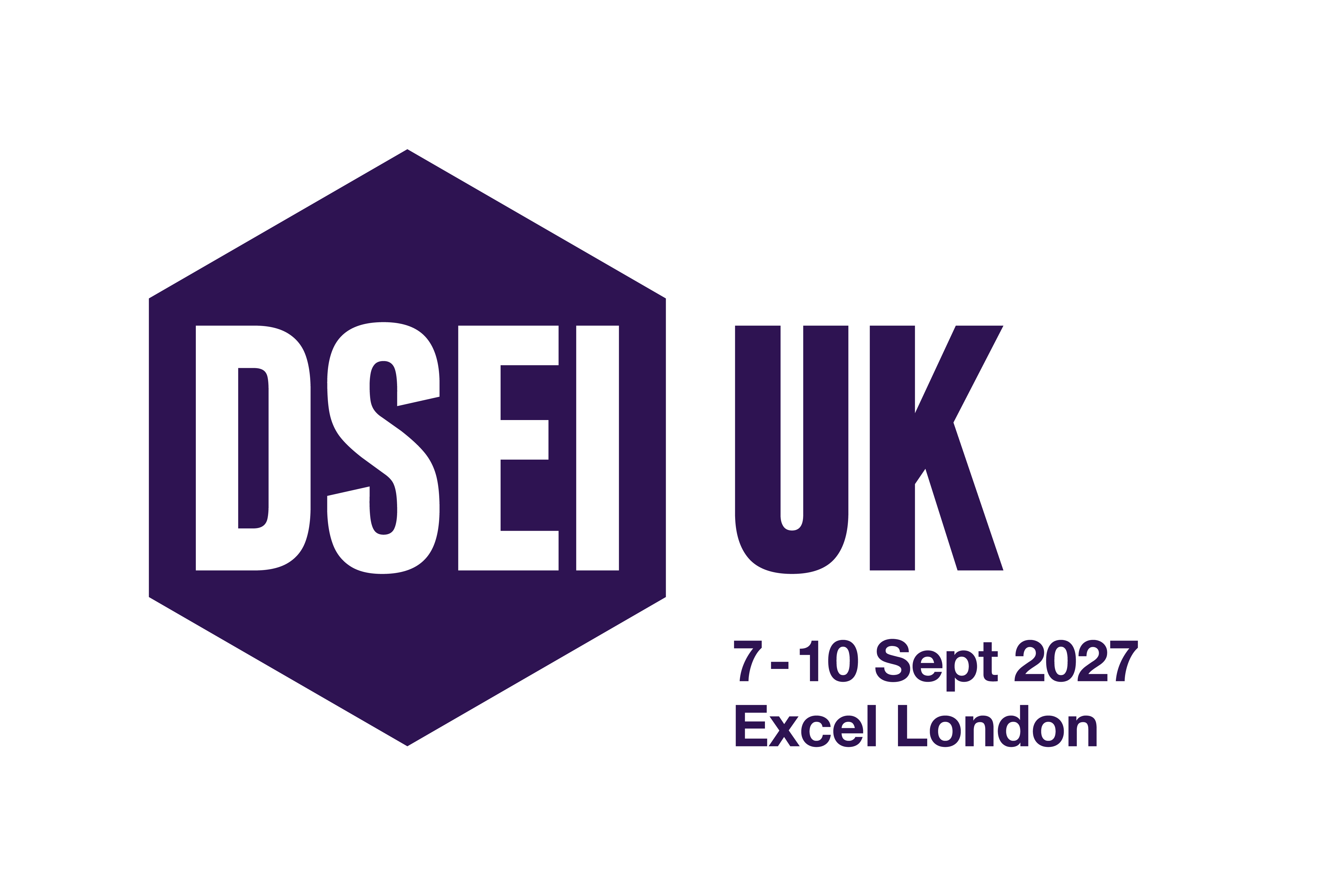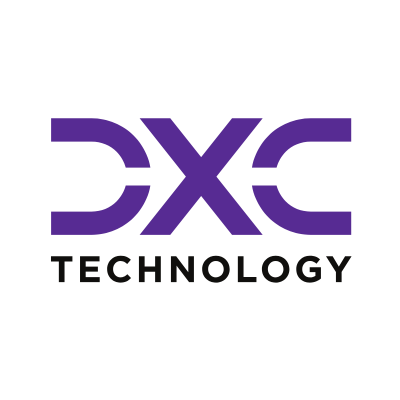
This plan is a promising step towards integrating Europe's most innovative solutions into the defence sector.
NATO members will ratify a new acquisition plan known as the ‘Rapid Adoption Action Plan’ at the NATO Summit in The Hague on 24-25 June.
Supported by NATO’s Defence Innovation Accelerator for the North Atlantic (DIANA), the plan aims to harmonise and facilitate agile procurement across the alliance to better integrate innovative, emerging, and disruptive technology.
“It’s about knitting best practice [from] across the alliance”, John Ridge the Chief Adoption Officer for the NATO Innovation Fund (NIF) told DSEI Gateway and other media during a briefing on 17 June.
DIANA and its supporting partner NIF have been involved in developing the plan because of their alliance-wide experience, allowing them to apply their learnings on scaling and adopting technology, he added.
The plan is separated into two key “layers”: ambitions and initiatives, NATO’s Assistant Secretary General for Innovation, Hybrid and Cyber Jean-Charles Ellermann-Kingombe explained in the briefing.
Under the first “layer”, three core ambitions for the alliance are outlined to improve acquisition – risk, pace, and money.
The first of these, risk, involves embracing “acquisition risk” and the “fail fast” approach, this is essential because the innovation ecosystem is already adopting this model, he explained.
To achieve pace, the alliance must reduce the development and acquisition cycle to 24 months, from identifying a capability need to delivering it to the warfighter.
Finally, money is required to enable innovation. A separate funding target is not, however, attached to this plan, Ellermann-Kingombe said, although NATO members are set to agree to a 3.5% core defence spending uplift at the summit, an “enormous amount of funding”. Rather, this action plan is about helping to direct and channel investment effectively into innovation, he added.
The second layer of the plan comprises a list of 19 initiatives, or what Ellermann-Kingombe described as “policy tools”.
One of the notable initiatives includes setting up new permanent experimentation facilities “on NATO soil”, allowing companies to test their products. These ‘Innovation Ranges’ are being set up based on lessons learned in Ukraine, where companies have gone to test and refine their products, Ellermann-Kingombe explained.
These innovation ranges sound similar to the UK Ministry of Defence’s BattleLab in Dorset, where companies can collaborate with experts and test their ideas.
Another initiative detailed in the plan involves attaching ‘NATO Innovation Badges’ to companies. These badges will act as a stamp of authenticity for their capabilities, demonstrating to potential investors or buyers that their technology has been used by NATO, Ellermann-Kingombe explained.
The plan will also lay out how NATO intends to better inform and integrate European innovators into the defence ecosystem. Industry will be eagerly awaiting the initiatives involved.
This article has been updated to correct an earlier misidentification of the Rapid Adoption Action Plan as the Rapid Adoption Service.
DSEI Gateway News is part of DSEI UK and the broader Clarion Defence portfolio.
Enjoy reading this article? Click here to read more about our upcoming DSEI membership offering...
Tags
- acquisition
- action
- adopting
- adoption
- alliance
- companies
- defence
- dsei
- ellermannkingombe
- europes
- explained
- initiatives
- innovation
- innovative
- integrating
- nato
- new
- plan
- promising
- rapid
- ratify
- risk
- sector
- solutions
- step
- summit
- test
- towards
Providing impartial insights and news on defence, focusing on actionable opportunities.
-
Featured New
The defence marketplace: A different approach to procurement
01 Dec 2025 George FitzmauriceAs militaries turn to a new method of procurement through online defence marketplaces, DSEI Gateway takes a deep dive into the new, ‘Amazon-style’ platforms. -
The partnership follows the launch of the joint ‘BraveTech EU’ initiative in July.
-
Solutions must weigh less than 25kg and be capable of non-assisted vertical take-off and landing.


)
)
)
